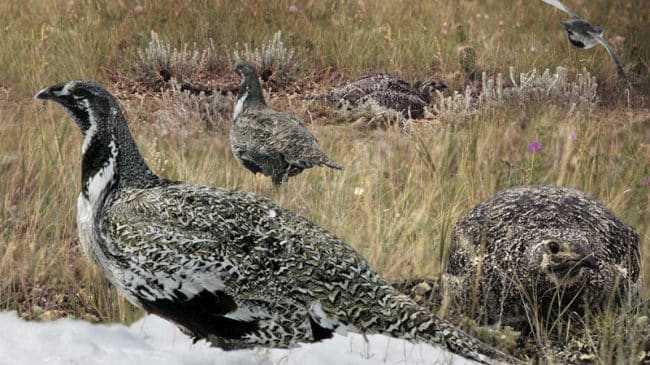The federal Endangered Species Act is enormously controversial for a number of reasons, one of which is the designation of “critical habitat.” As the term implies, critical habitat is what the agencies that implement the Act (U.S. Fish and Wildlife Service and National Marine Fisheries Service) deem very important to the conservation of species listed under the Act. Controversy arises over the costs that result from designation of critical habitat, which can be enormous.
The habitat these agencies decide to include and exclude from designation as critical habitat can have significant economic and regulatory implications. For example, in 2005 the Fish and Wildlife Service designated 199,109 acres as critical habitat for the Central California Distinct Population Segment of the California Tiger Salamander in twenty California counties, and estimated designation would impose costs of $76,000,000 over twenty years. Concurrently, the Service excluded 183,556 acres, which, had it been designated as critical habitat, would have had an economic impact of $364,978,338 over twenty years.
Despite the enormous amounts of land and money involved in the areas that are included and excluded as critical habitat, the federal government maintains decisions about what habitat is excluded are immune from legal challenge. This would strike many fair-minded people as unjust. In response, Pacific Legal Foundation has petitioned the Supreme Court to take a case over whether federal agency decisions on excluding areas from designation as critical habitat are subject to judicial review.
In support of PLF’s petition, Reason Foundation and Cato Institute are filing a joint amicus brief. A portion of the amicus brief documents the impacts of critical habitat designation for 159 species, which is available in a spread sheet (here). The total numbers for these 159 species are enormous, including: 60,169,546 acres (of which 11,261,054 is privately owned) included as critical habitat, which, along with other designated habitat (streams, lakes, ocean), will have an estimated economic impact of as much as $10,660,137,093 over twenty years; and the exclusion of 7,787,628 acres, and associated aquatic habitat, which would have had an economic impact of $1,955,411,884 had it been included.
Big numbers and a lot at stake, to be sure. Which is why it is so important that federal agency decisions about which areas of habitat are excluded from designation as critical habitat should be subject to judicial review. This is a matter of simple fairness, good government and the ability of citizens to challenge the decisions of federal agencies. Let’s hope the Supreme Court sees it that way and agrees to take the case.
